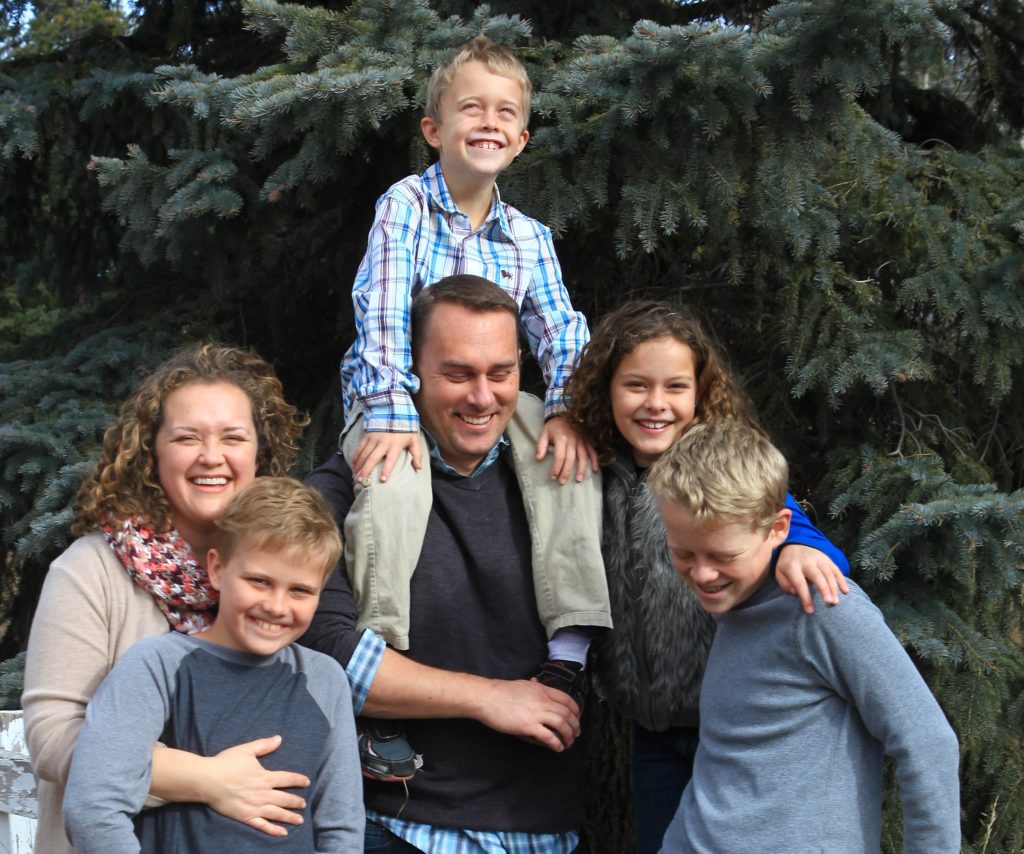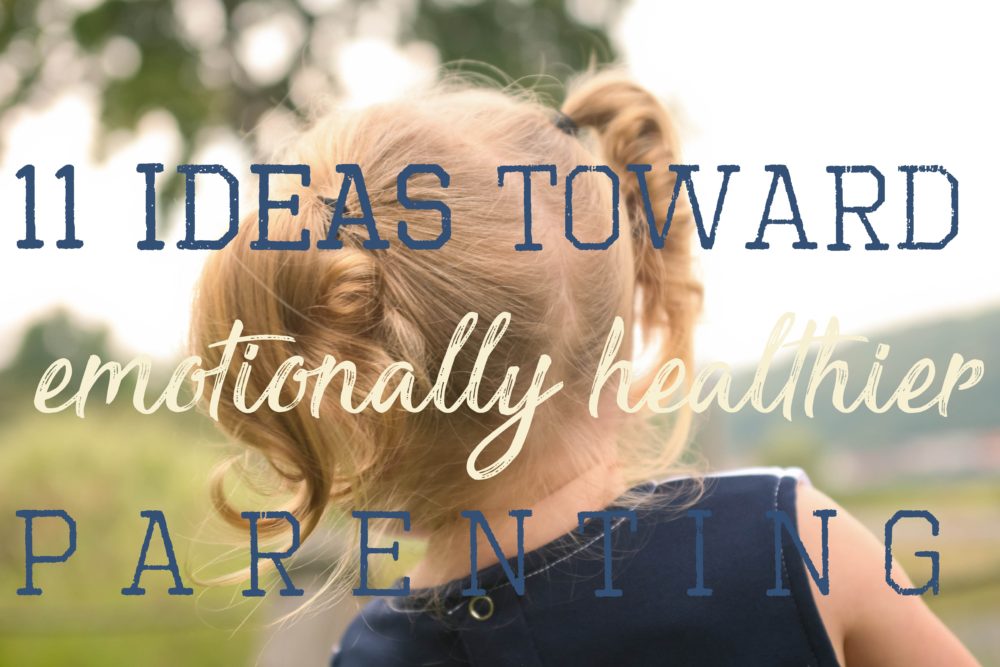Missed the first post in this new series? Catch it here.
If you’re like me, you might just be fascinated by the idea of this post because it’s hard to think of your kids meditating on anything than, say, Minecraft.
Meditation’s for quiet families, right? Maybe those who, say, needlepoint together. Not the kind of boys like mine, who I have to remind to remove all Nerf weapons from the dinner table.
Still: Even a rowdy crew like mine needs to cultivate quiet; to create space to chew on God’s Word. And that’s really meditation in a nutshell for me. (We’ll tackle solitude in a later post).
As I hinted at in the last post, we want spiritual disciplines to leave a good taste in our kids’ mouths when at all possible, so they associate God and His Word with some of the richest times in their lives.
Remember that mildly eerie conclusion from the documentary Super Size Me? Kids who’d created great memories at McDonald’s in the PlayPlace kept coming back for the food as adults; they associated all those fries and McNuggets with being loved. So I make it a point to cuddle with my kids while we’re reading the Word or praying. I’ll reward them frequently when they’ve served or shown character. Because as much as I want them to be people of discipline, self-denial is not the end. As I’ve read, “What we learn in pleasure, we never forget.” God is the point of all of this, and He, too, motivates us with great reward.
Consider these ideas “training wheels” for positioning ourselves to enjoy God in quiet moments and digest His Word. As kids age, they can go deeper, sit still longer, and understand more fully what the Word looks like in life.
THE KEY: Meditation is about chewing on God’s Word so that it can speak to us in its infinite layers, its limitless application to life and our hearts and knowing God.

Richard Foster names four kinds of meditation:**
1) on Scripture
2) stillness in God’s presence
3) on creation
4) on the events of our times
All of these are just a few ways to work out Deuteronomy 6 in our homes: the Word being on our heart, being taught diligently to our kids. It’s us talking about His Words when we sit, walk (drive!), lie down, rise—posting them around our homes.
Again, the idea in our crazy-busy families is not to necessarily do more. The goal is setting ourselves up to receive God into our lives, like a football player setting himself up for the catch. Pick one of these and knead it into life. Perhaps replace something that isn’t working so well, rather than cramming more onto your to-do list.

Ready?
- Go on a hike. Set it up by talking to your kids about verses from the Bible like Psalm 19:1: “The heavens declare the glory of God.” Check out God’s engineering skills on the back of a leaf; marvel at His artwork in a cool tree trunk. Up the impact by bringing along a camera to capture what your kids love (disposable cameras would be fun!), sketchpads with art media, scrap paper and crayons for leaf or bark rubbings, and/or prayer journals they’ve picked out.
- Print out adult coloring pages with Scripture verses. First, talk to your kids about “chewing” on God’s Word. You might talk about Psalm 1: Happy are those who don’t listen to the wicked, who don’t go where sinners go, who don’t do what evil people do. They love the Lord’s teachings, and they think about those teachings day and night (NCV). When we tried this, I also played songs from Seeds Family Worship (which I adore, and which does not need to remain relegated to the back of my minivan; when you buy a CD, you get an extra to share with a friend!). My kids liked this so much we did it for another three days. Hang up finished artwork for more meditation!
- I like to display free printable Scripture art all over the place in our house, and swap it out for new verses in a few weeks. My fridge is covered, and I have small ones on the backs of doors, lining the kids’ mirror in their bathroom, and hanging on the sides of their bookshelves (and in “meditative” places…um, like beside the toilet). At times, I’ve given kids a small reward when they discover a new verse and can come tell me what they think it means.
- At night before bed, ask if anyone’s got a verse that they’ve been learning more about. Talk about it together. Just before lights-out, read one verse to think about as they fall asleep.
- Let kids dance or paint to verses set to music.
- At the dinner table or on the way to school, talk about how Scripture applies to current headlines, or even situations at school. We like to talk after we watch movies together, too. My mom was particularly amazing at applying Scripture to any situation—not in a Bible-wielded-as-medieval-cudgel sort of way, but more working it in to every day life. From her, I learned that the Bible had something to add to or enlighten everything.
- As a change during regular family prayer time, try reading a Scripture and thinking on it silently for 30 seconds—then more, as kids get used to silence. Little kids might be able to draw what they think about a Bible verse; older kids can journal on a verse, or on what they’re learning about God lately (a journal they picked out makes it more fun!).
- Remember–less can be more with Bible reading. Encourage your kids to “soak” in the Word, not just chalk up the chapters.
- Set aside times for “nature wonder”: getting your kids up one night for a meteor shower, or pulling over for that scenic overlook off the interstate, or packing a picnic lunch, or gathering flowers or the most striking falling leaves. Even science homework for us is a way to marvel over God’s genius. Talk together about your observations—and gently direct things in a Godward way. Spend time in silence, too, reflecting.
- Grab a dry-erase marker and have your kids scrawl verses on bathroom mirrors and glazed (only!) tile. You can also slip prayer lists or verses in page protectors and use water to adhere them to shower walls.
- When praying together, ask your kids if they can think of any Scripture verses. Pray these over your concerns and the people you love.
- My friend, author Kristen Welch, raves about using the super-simple Discovery Bible Study method with her kids and even their dinner guests—where everyone gets a notebook, and everyone responds to the passage.
- Valerie Hess and Marti Garlett, authors of Habits of a Child’s Heart: Raising Your Kids with the Spiritual Disciplines, suggest inviting your adolescents to do a “book club” with you, perhaps with a book rich in symbolism, like The Lion, The Witch, and the Wardrobe. For younger children, read children’s books together that illuminate spiritual principles, and chat about them, asking questions to help kids apply abstract principles in their more concrete reasoning skills. I like
- Little Pilgrim’s Progress
- The Action Bible
- kids’ books by Jeffrey Stoddard (Pete & Pillar; Skid and the Too-tiny Tunnel)
- R.C. Sproul
- Francis Chan
- Barbara Rainey (for elementary on up)
- Max Lucado
- William Bennett
- Check out this post on 32 Ways to Make the Most of Reading with Kids, and this one on Picture Books that Teach Values. Kids keep thinking on these principles, and love to read them over and over! (Though it’s not particularly meditative, I am a die-hard fan of the What’s in the Bible with Buck Denver DVD series. I got a tremendous deal one Black Friday, but your local library may have them, too. They provide so many Scriptural truths to chew over, apply, and unpack with my kids. The classic Adventures in Odyssey CD’s give kids a bunch to munch on, too.
Like this post? You might like












![Now You're Speaking My [Love] Language Now You're Speaking My [Love] Language](https://www.janelbreitenstein.com/wp-content/uploads/2015/08/love-languages-text-1.jpg)





Leave a Reply